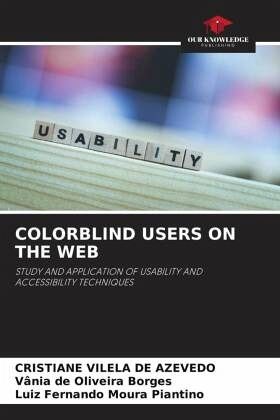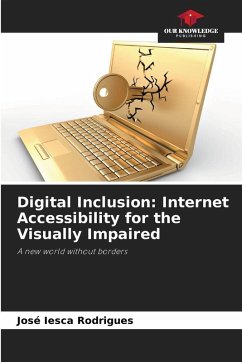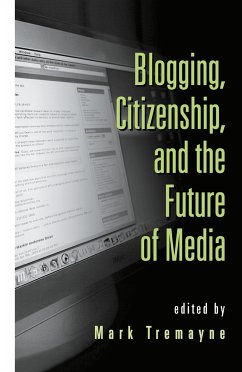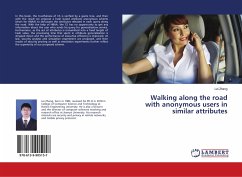
COLORBLIND USERS ON THE WEB
STUDY AND APPLICATION OF USABILITY AND ACCESSIBILITY TECHNIQUES
Versandkostenfrei!
Versandfertig in 6-10 Tagen
29,99 €
inkl. MwSt.

PAYBACK Punkte
15 °P sammeln!
Today's rapid and constant dependence on technological means highlights the difficulties encountered by users with disabilities in accessing the virtual environment, interfering with interaction with system interfaces. People with color blindness, for example, fall into this category of users who are unable to use the web with the same skill and ease as ordinary users. Usability and accessibility on the web, together with the concepts and recommendations of Human-Computer Interaction, aim to ensure that these users can have a quality experience adapted to their needs, implementing techniques t...
Today's rapid and constant dependence on technological means highlights the difficulties encountered by users with disabilities in accessing the virtual environment, interfering with interaction with system interfaces. People with color blindness, for example, fall into this category of users who are unable to use the web with the same skill and ease as ordinary users. Usability and accessibility on the web, together with the concepts and recommendations of Human-Computer Interaction, aim to ensure that these users can have a quality experience adapted to their needs, implementing techniques that can make systems more pleasant and easier to use, which benefits everyone. This work has analyzed and evaluated how the appropriate and inclusive application of the guidelines and techniques defined for people with color blindness on a website can influence the efficiency of digital access by these users.












